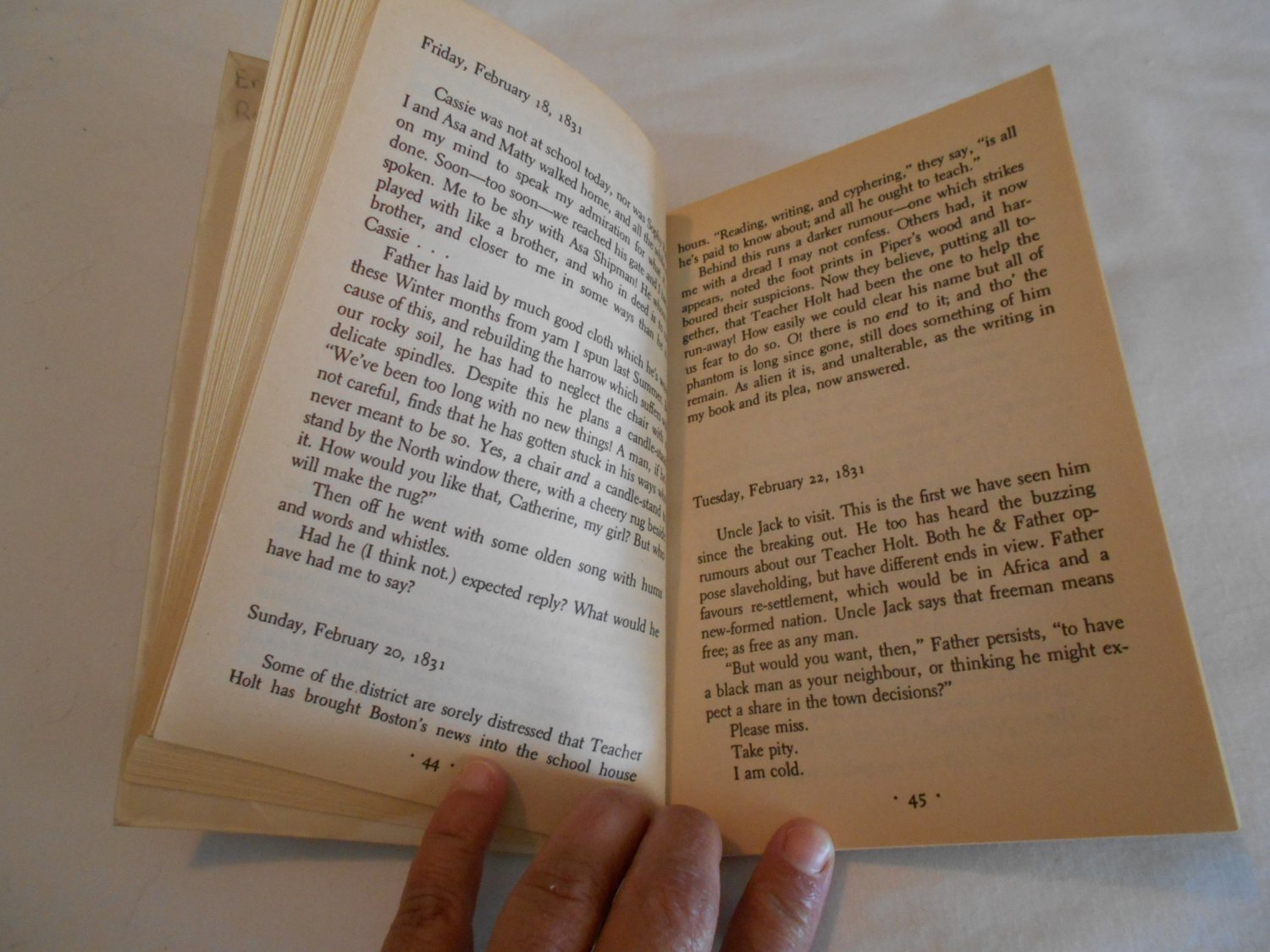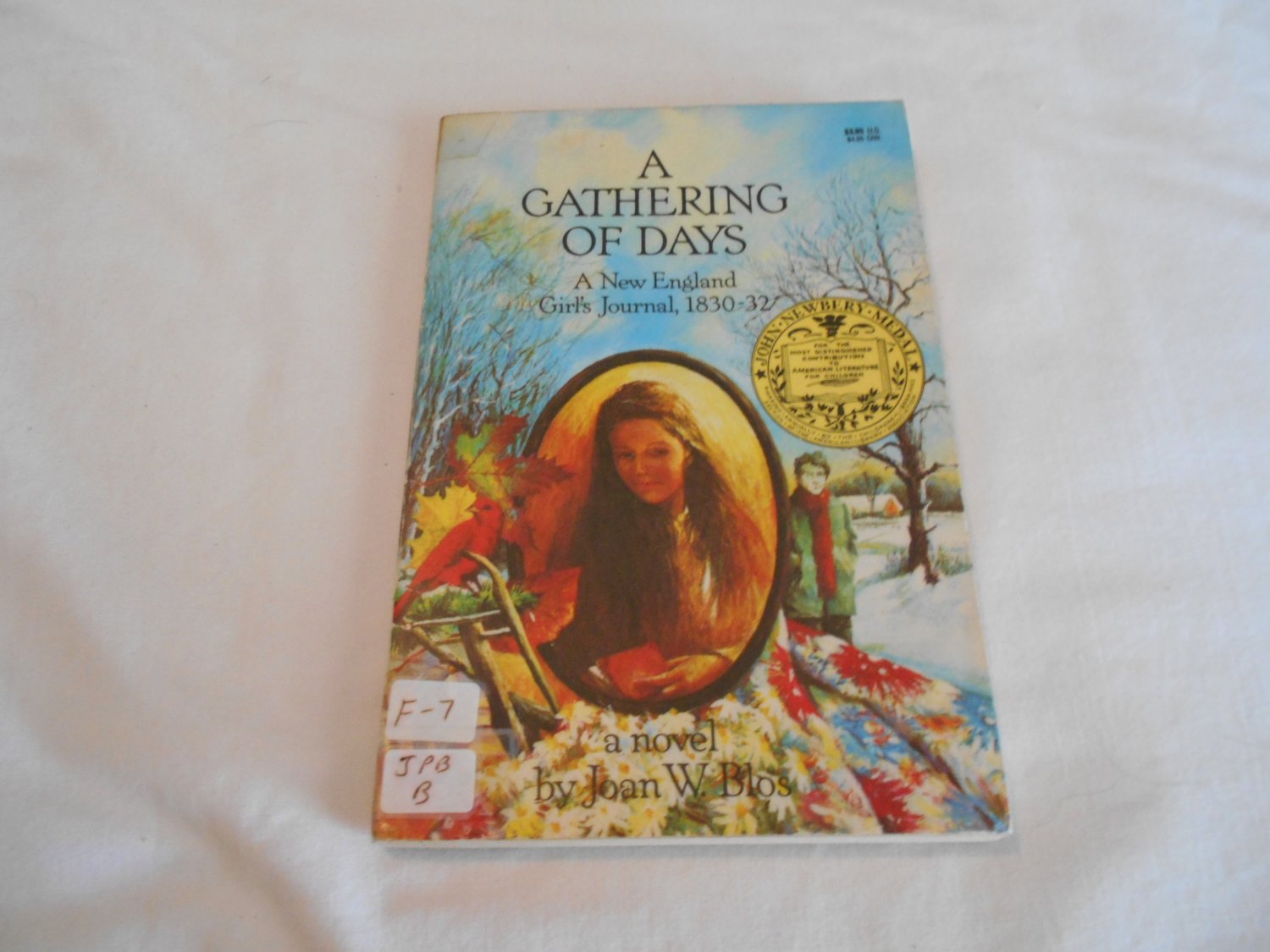

I think students often spend a lot of time learning about the Civil War, but not as much exploring how the average person lived during the more peaceful parts of the 19th century.

Unlike My Brother Sam is Dead, which is intentionally written in 1970s parlance to make the story more accessible, A Gathering of Days reads like a diary written during the 1830s, with all the formalities of usage and syntax that would have been common for teens of the time.Ī Gathering of Days is a nice introduction to everyday American living in the early 19th century. It reads much more like the Newbery winner it is than I expected. It turns out that the language is actually a lot more dense, and more beautiful, than my twelve-year-old self was apparently able to appreciate. I also remembered the story being very easy to read, which led me to remember the language as contemporary-sounding. I admit, it would have been odd for my seventh grade English teacher to assign a romance, but somehow that has not stopped me from re-imagining the book as such over the years. For one thing, I was sure this book was a romance novel, and it decidedly is not. However, as with The Light in the Forest, my memories of A Gathering of Days were not at all accurate. I remember enjoying this and Nothing But the Truth by Avi both because of their documentary format. Though diary fiction is so popular now, there were fewer books in that format when I was a kid, and I was always fascinated with them. Like The Light in the Forest, this is a book I remember loving in middle school. Diary entries cover everything from attendance at the one-room schoolhouse and keeping the Sabbath, to assisting an escaped slave, saying goodbye to a best friend, and adjusting to the arrival of a new stepmother.

From 1830 to 1832, Catherine Cabot Hill keeps a diary about the daily events of her life in New England, an account which she later passes on to her great-granddaughter.


 0 kommentar(er)
0 kommentar(er)
